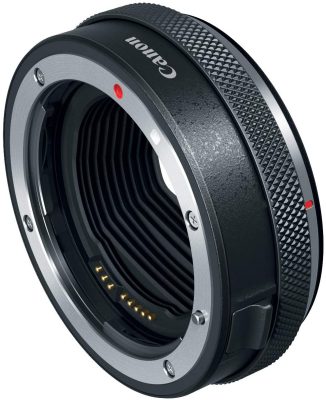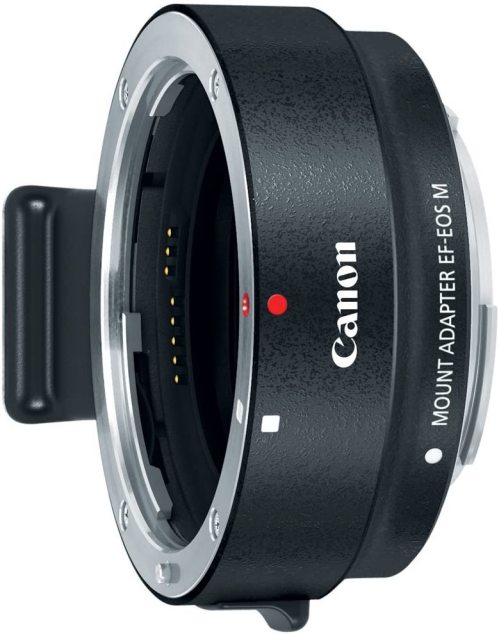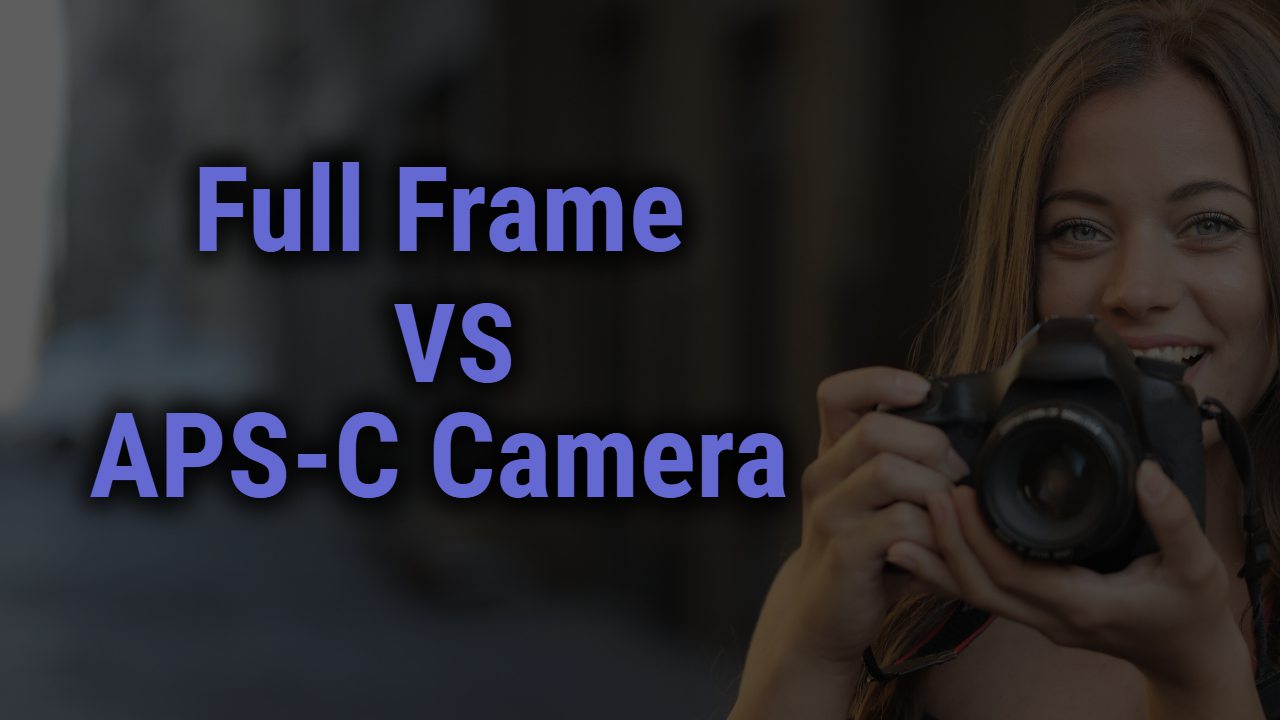There is much more in the photography world than just clicking the picture. The basics of camera and photography say that one must know every inch of the camera before starting to use it.
As you know, when we talk about the camera, one of the major things to start with is Lenses; Lenses are the heart of the camera. If you are a canon lens user or looking forward to getting yourself one, you might already have gone through the chaotic struggle of selecting the right lens mounts.
Usually, the canon camera lens mounts are categorized into four different forms EF, RF, EF-S, and EF-M, which all share significant similarities and differences, making them heavily confusing.
Now, if you want to get a hands-on rightful lens model, you know you have to start by knowing them first. Scroll down and have essential insight into what these mounts are and how they vary with a canon camera.
This Post Contains
About Canon Lens mounts
We all know Canon has an unrivaled competency in producing marvelous digital cameras; the versatility and creative functionality compel them to be categorized into sub-parts based on their numerous factors.
Considering the mounting plate, the Canon camera is characterized by four definite categories. These categories can be paired with compatible and interchangeable lenses only.
The iconic brand Canon changes its lens mount systems and its characteristics frequently in order to come up with the best technology. Its lenses have a brief history of productivity, convenience, and prominent results, but let’s see how these lenses came into existence.
As we know, Canon lens mounts are usually recognized to be of four different types; RF, EF, EF-S, and EF-M.
Evolution of Canon Lens mount
Canon R mount is their first launch which was confronted by the crowd in the year 1959, but the RF lens mount came into action in 2018.
Later on, the brand used the versatility of the electronic era and brought EF lens mount in the year 1987.
Stepping into the twenties, Canon got hold of the more creative and affordable version of the EF lens by presenting the EF-S lens precisely in 2003.
Improving the algorithm and designing the brand introduced this recent terrific mount edition of EF-M with remarkable abilities in 2012.
Canon EF Lens
The Canon EF lens mount is being entitled as the standard lens mount of the canon EOS family designed for the SLR camera community. The EF term was initialized for Electro-focus or electronic focus lenses, which was first stepped onto the board in the year 1987, giving the thrill of the mounting lens over the camera with the most effortless electronic reference.
These are the most vital mounted lenses because they have a bayonet mount making attachments electronic, and eliminating mechanical levers or pistons, which is why this lens is prevalent and used across the globe.
Referring to the versatility of other terms, some of these lens mount is up-to-date with recent focusing technologies, stabilization techniques, or weather-resistant engineering.
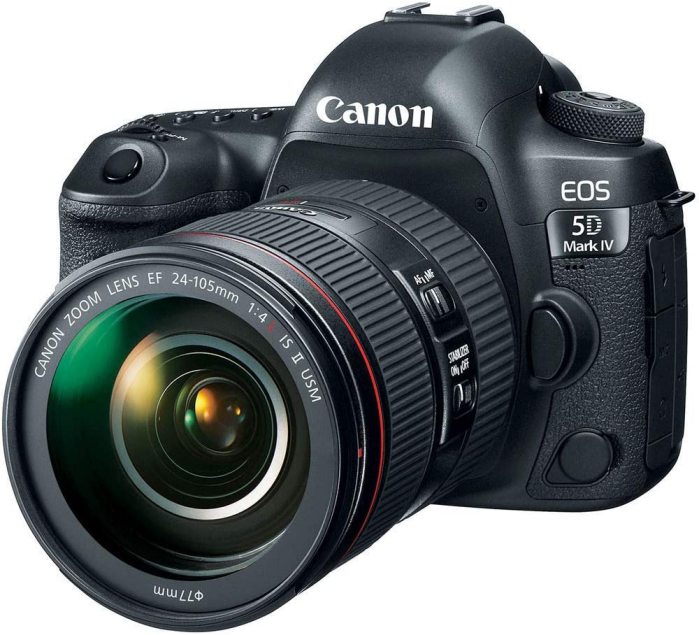
The EF lens mount is termed to have the largest mount diameter of 54mm internally, referring to all the 35mm SLR camera community. EF lens mount is also considered for other lenses like TS-E and MP-E, so don’t get confused with severe terms.
The rarest of all in this lens is it is driven by an electric motor integrated inside the lens body(while others have the intuitive motor inside the camera body).
As in the first motorized EF lens mount, the smoothest physical connection between the camera and lens is rigidly reliable, while the electronic interference through this connection grants freedom to use the fastest, most trustworthy, and precise data transferring.
Identification – If you have a camera with a small red circle on the lens mount, it signifies that the camera is a full-frame DSLR model, which means you can pair it up with an EF lens mount or other TS-E and MP-E lenses.
Camera compatibility– The Canon EF lens mount or TS-E, the MP-E lens mount can be easily attached to Canon APS-C (cropped factor) DSLR or Canon Full-frame DSLR model. However, it can also collaborate with the Canon Full-frame R system with the help of an R adapter and the Canon M series through an M adapter.
Canon EF-S lens
Loaded with tons of jaw-dropping features and attentive design, the EF lens mount has vast fandom in the market; in the year 2003, EF-S, as in the derivatives of the EF lens mount, was announced by Canon.
This EF-S is crafted for EOS Digital Single Lens Reflex camera models, whose pairing, later on, is recognized to be the most acceptable and most convenient option for most extended-hour photographers.
The initiative “S” in the EF-S lens mount stands for smaller image circles, which is eventually explained by its considerably small and compact size.
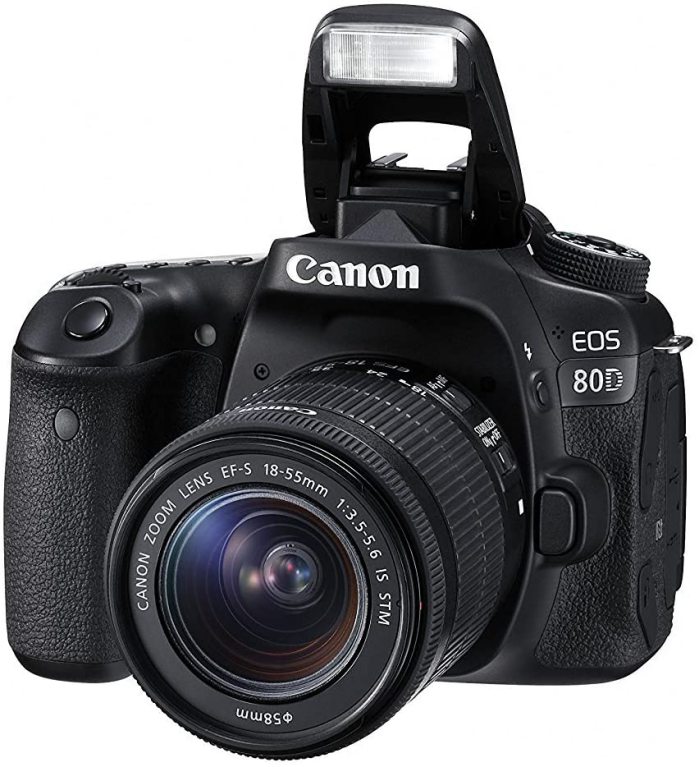
The lens offers the most significant advantage of producing flawless images with wide-angle choice through the lightest and smallest engineering. The wide-angle and ultra-wide angle can be possible because of minor sensor engagement and shorter back focal length.
In addition, the EF-S lens is being injected with most EF lenses quality which makes them highly versatile, portable, reliable, and lightweight lenses, and they are also found to be less expensive.
Focal length– The distance offered by this magnificent EF-S lens is 10mm to 250mm with the full coverage model, which is signified by the rise of 16mm to 400 while counting the APS-C crop factor.
Identification – For the firmest attachment of your EF-S lens, make sure your camera has a red circle along with a white square drawn on the lens mount. Remember, this camera can also be supported with EF, TS-E, or MP-E lens mount.
Camera compatibility– While the collaboration of Canon EF-S lens mounts with the Canon cropped or APS-C DSLR is the smoothest cakewalk, it doesn’t do much good with the Canon full-frame DSLR model. The EF-S lens mount can also be used with the Canon Full-frame R system with the help of the EOS-R adapter, and with the EOS-M adapter, it can be used with the Canon M series.
Canon EF-M lens
Coming towards the EF-M mount lenses, which were brought to the market by the brand in the year 2012, its ravishing abilities are drawn from the original Canon EF lens mount and situated for the Canon APS-C cameras.
They are announced along with the launch of Canon EOS M Interchangeable mirrorless cameras to have an enormous hold and offer exclusive shots. These types of lens mounts are stimulated to offer an ultra-wide angle that can be possible in telephoto to the macro lens to unleash your creativity.
Again the bayonet mounts used in EF-M with an inner diameter of 47mm. The EF-M is an exquisitely compact and convenient option considered other than its predecessor EF and EF-S, which is the significant factor responsible for its immense portability and ergonomics.
The smaller structuring of EF-M doesn’t stand between its marvelous performance in the field, giving the fastest and most sharp optics shots.
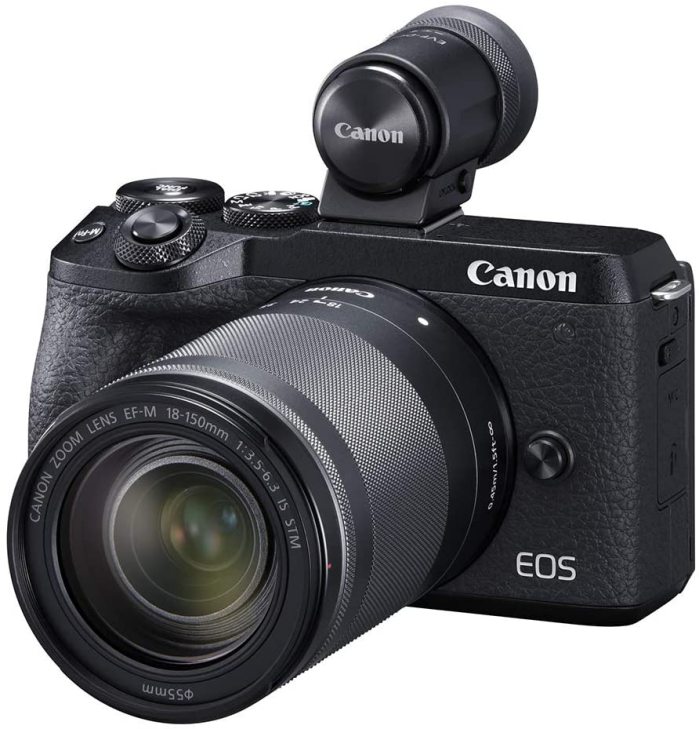
Focal length– Talking about the distance range, we can say the canon EF-M lens mount came in 11mm to 200mm focal length with full-frame while 17.6 to 320mm equivalent range with APS-C crop factor.
Identification – Determining the white circle figured on the lens mount indicates that the camera qualifies as a Canon M series or Canon APS-C mirrorless model, which is ideally paired with EF-M lenses.
Camera compatibility– These EM-F lenses have the ability to be paired with only the Canon M series, which limits their versatility. They cannot be used with Full-frame DSLR or APS-C DSLR Camera community.
Canon RF lens
The Canon RF lens mount is significantly an interchangeable lens mount that is crafted for R system cameras. These lenses came into existence in September 2018 and specialized for Canon full-frame mirrorless camera bodies.
Adding to the functionality, the RF lenses are designed with a 54mm width along with a shallower depth of field. These lenses are highly versatile with faster and high-resolution optics; the unrivaled ability to cover every inch of the frame with brighter light adds charm to its performance. They are also signified to be the best when it comes to videography with precise focusing and neat finishing.
One of the most convenient things is its engaging design with a 12-pin connection which is responsible for the firm grip of the lens and body. The handy creative design of the lens entitled the camera to be the fastest, most productive, and most comfortable.
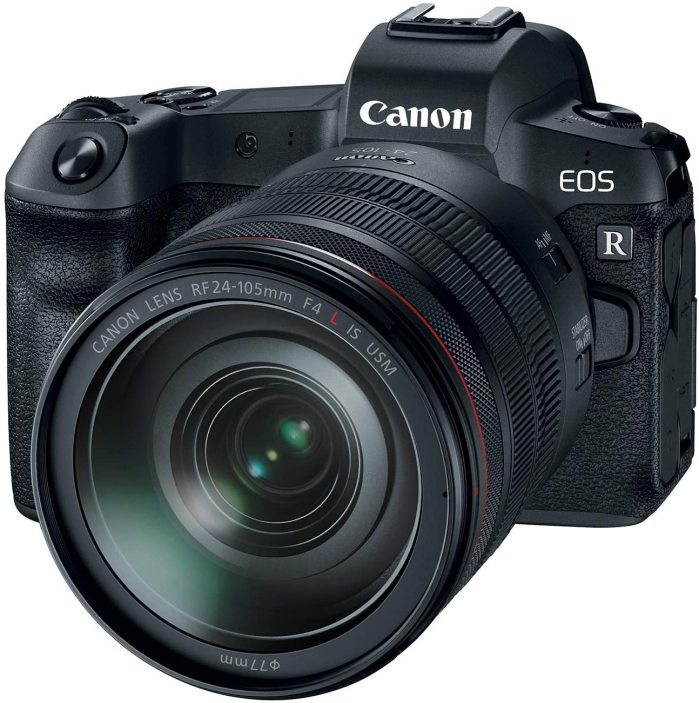
Identification – For the identification, make sure to analyze the red line drawn on the lens mount barrel; if you see that line, it means the camera is an R system mirrorless camera that can be paired with the R lens mount.
Camera compatibility– The Canon RF lens mount can be easily paired with an EOS full-frame R system camera because of its high technologies, but it cannot be attached to a Canon cropped DSLR, Canon full-frame DSLR, or Canon M series camera.
Camera Adapter
From pairing your Canon camera with EF or EF-S lenses for a flawless and convenient shot, however, one more thing is left behind which has the ability to provide more efficient control over your camera, that is, a Canon Mount Adapter.
These adapters are designed to bring you the consistency of shooting stabilized shots by utilizing the potential of the lens with the camera itself. These adapters are pronounced beneficial as they reduce unnecessary glare or quivering and allow an ergonomic convenience while shooting for extended hours.
EF/EF-S to RF Adapter
EF/EF-S to EF-M Adapter
Lens adapters give leverage to eliminate the threat of lacking functionality or lesser electronic signals in order to provide the best focused and stabilized shot.
Thus, if you are devoted to filmmaking or video shooting, then a lens adapter might be a great option. Standard Mount EF-EOS R adapter is one of the iconic adapters that can be used by Canon cameras.
Frequently Asked Questions (FAQs)
Q. Which camera can be used with Canon EF and EF-S lenses?
Canon EF lens mount is a predecessor of EF-S, which has maximum similarity other than the EF-S compact size and least price. Canon EF lens mount can be used with any Canon camera, including APS-C DSLR or mirrorless model and full-frame DSLR or mirrorless model. Similarly, the EF-S lens mount can be used with Canon cropped APS-C DSLR Camera but not with the full-frame DSLR. They both can be paired with the Canon full-frame R and M series with the help of an adapter.
Q. What are the differences between Canon EF and EF-S lenses?
EF-S is the derivative of EF lens mount and compact size of the same. But one of the significant differences counted between an EF and EF-S lens mount is that the EF lenses are crafted to be compatible with both full-frame camera bodies and Cropped or APS-C DSLR bodies which cannot be said for the EF-S lens because these lenses are specified for only APS-C bodies. However, in the other, the term EF-S lenses are found to be the least priced and functional, but they are fragile and less durable than the EF lenses.
Q. Which is better, RF or EF mount?
They both vary according to their exquisite specifications; the RF lens mount is designed for the Full-frame R series having the latest technologies; the EF lens still is inevitable with all electronic features and high versatility. We think of RF lens mount as best indulged with improved algorithms and optimum performance.
Final Verdict
Lenses do not precisely make a simple discussion, and when it comes to picking the adequate lens to analyze their mount for your advanced camera, you cannot afford to miss the tiniest details.
Canon Camera lenses have a very different theory when it comes to mounting. They categorized four different types of camera lens mounts that are ideally crafted to fit with your full-frame, APS-C, or any other camera community.
Now that you have adequate insight into the canon camera mount, the chances of exploring the creative photography world with the right mount lens are extremely high. Rest assured, and get yourself a brand-new lens without a doubt because this time, you know what you are getting.


